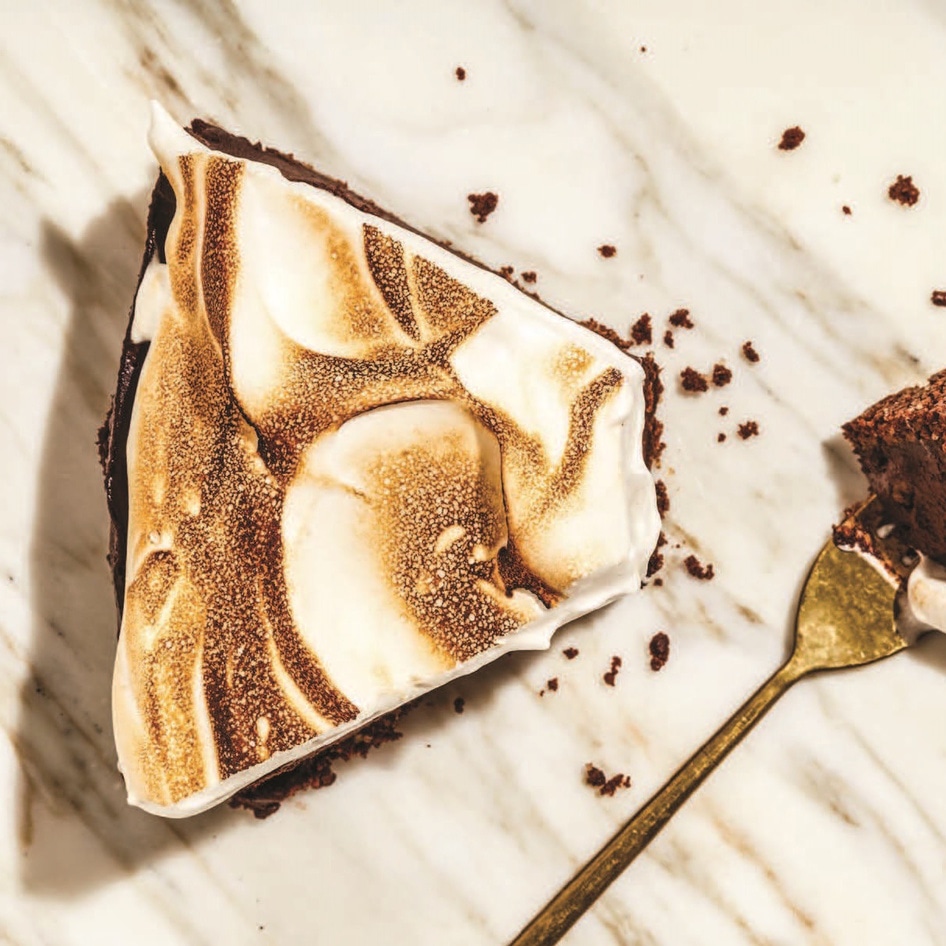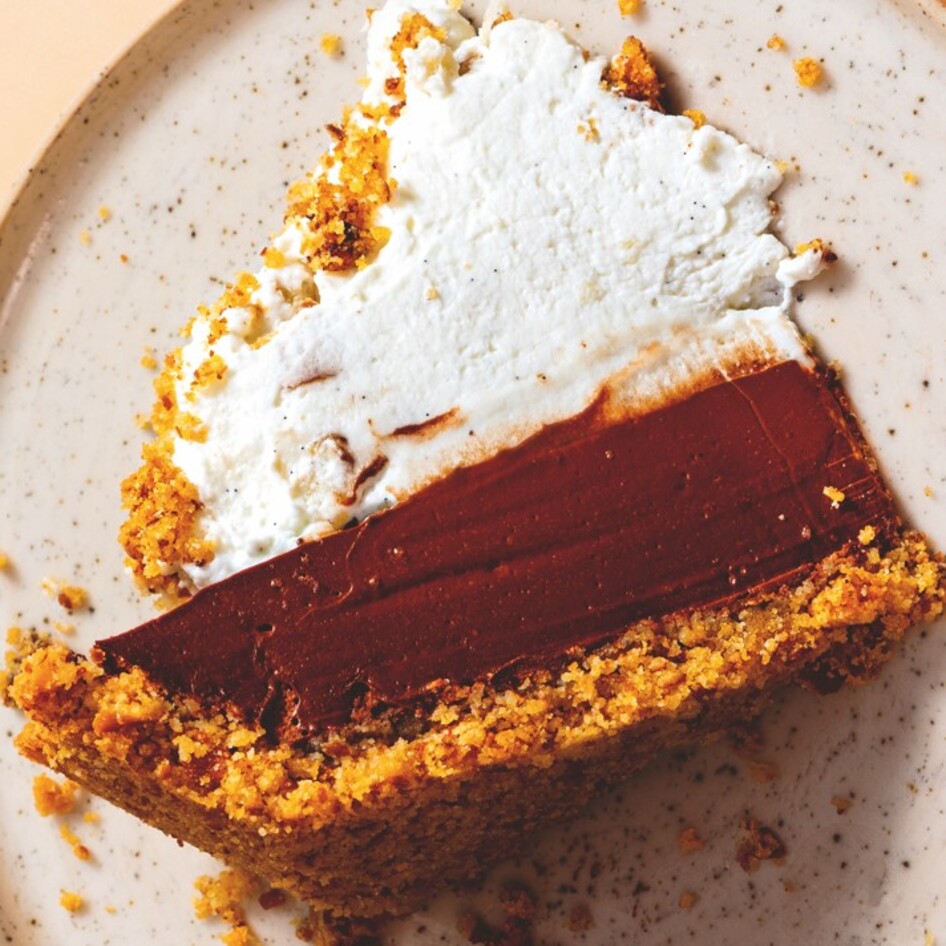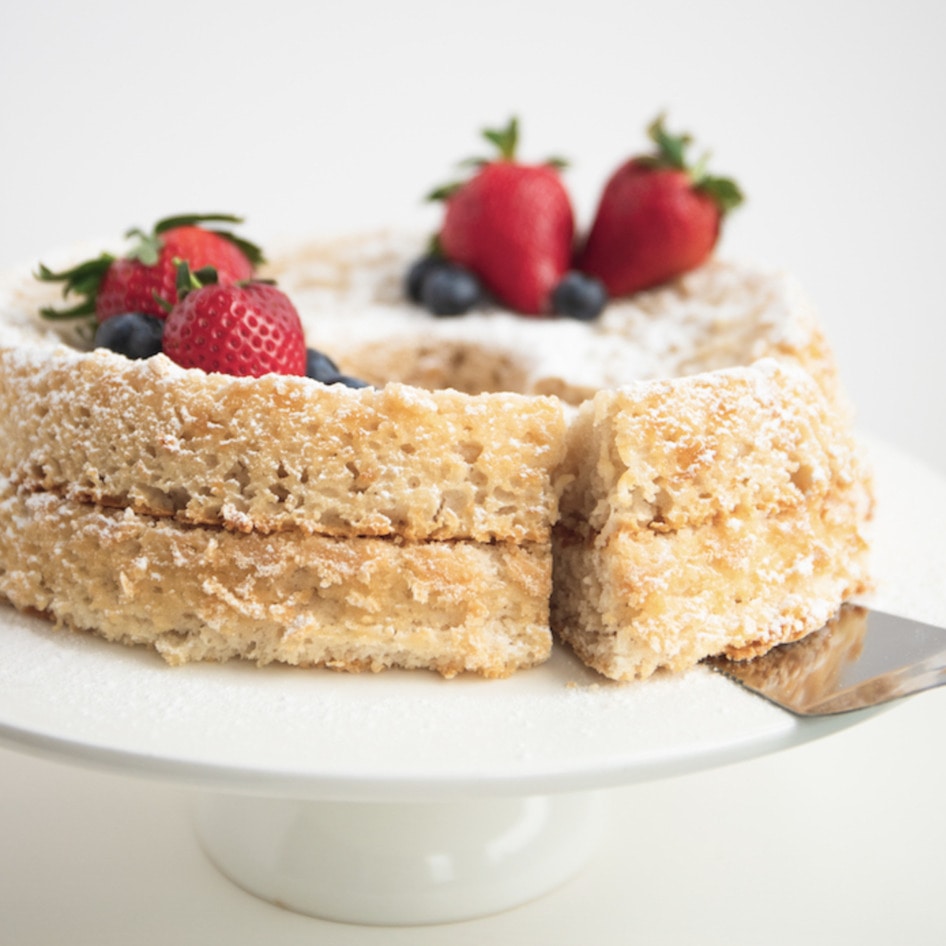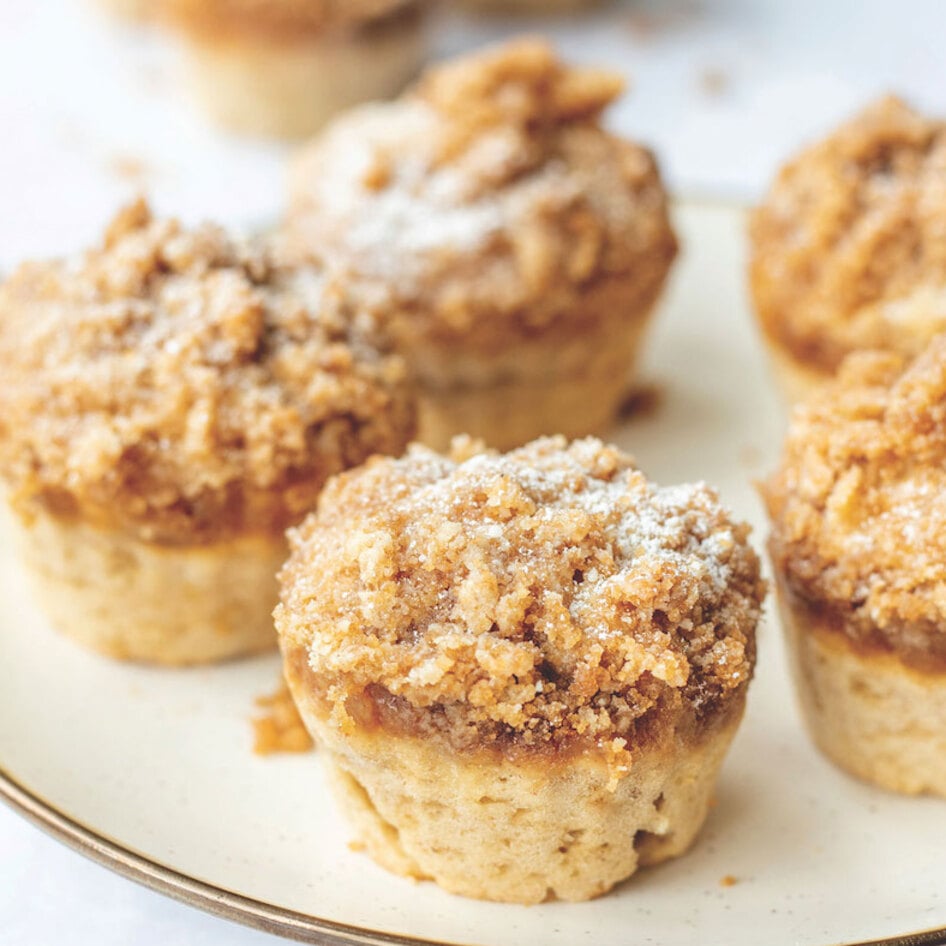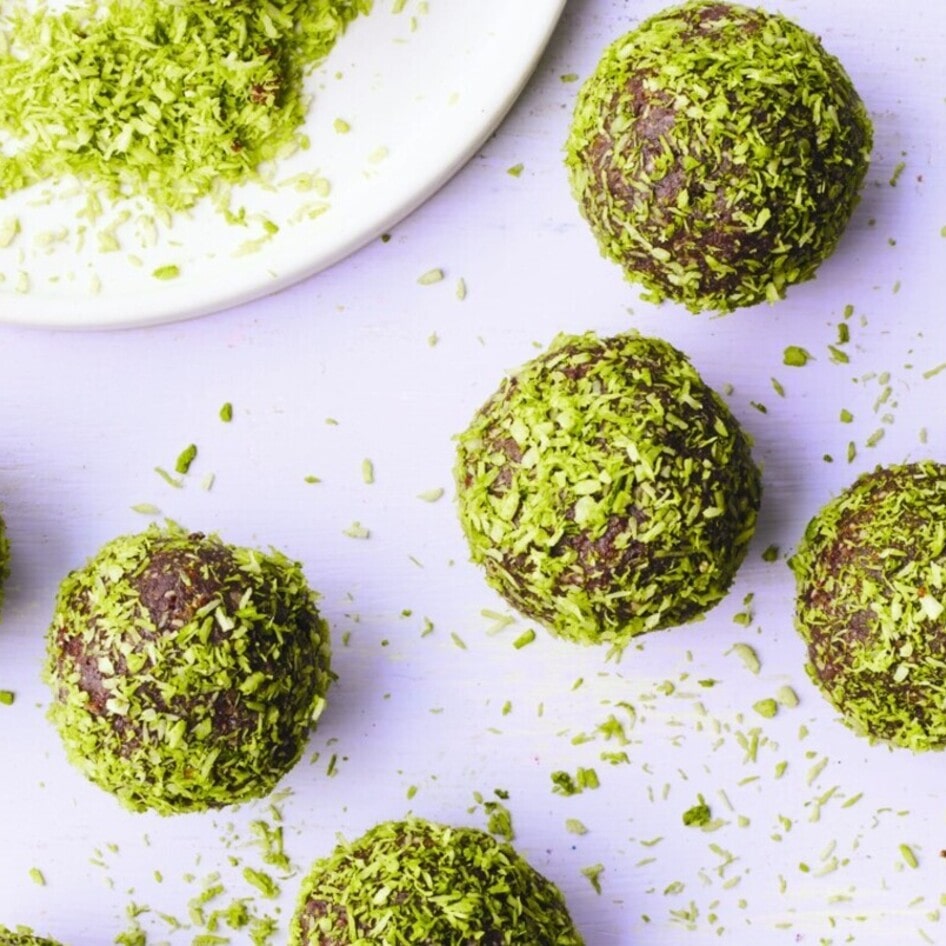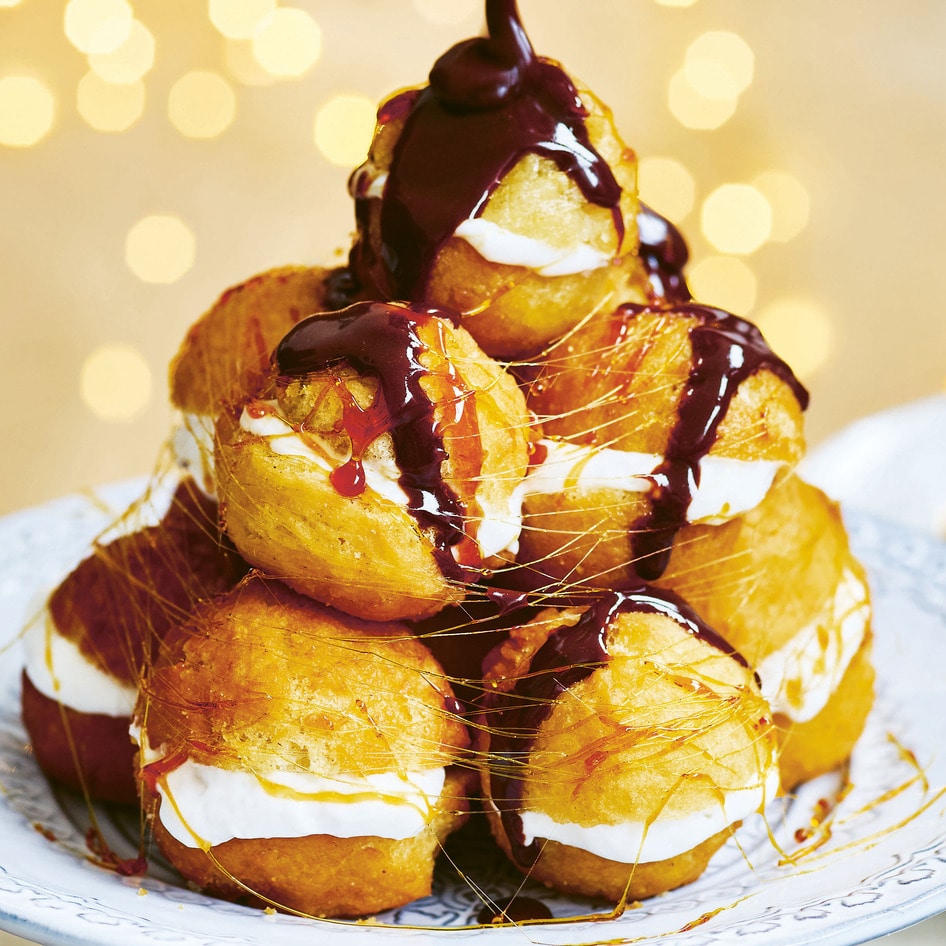Vegan Meringue Has Arrived
Online experiments reveal how to turn bean brine into stunning meringue desserts.
July 6, 2015
These days, just about any baked good has a comparable (if not better) vegan version. We’ve baked perfectly moist cakes, flaky pies, gooey cookies, and fudgy brownies using innovative substitutions in place of animal products. While egg replacers such as Ener-G, chia and flax seeds, and mashed bananas work well for most recipes, when it comes to meringue, they unfortunately fall flat—literally. Meringue is traditionally made by whipping egg whites with sugar to unravel their protein compounds, creating a thick foam. A replacement that mimics the composition of egg whites has long baffled the vegan world. Until now …
Bean basics
In 2014, French tenor singer Joël Roessel was searching for a suitable egg white replacer when he began experimenting with “vegetal foam”, or the brine normally discarded from canned vegetables like chickpeas. Roessel tested stabilizers such as guar gum and lemon juice to manipulate the brine into a fluffy consistency, which helped create an incredible egg replacer. Inspired by Roessel’s discovery, American software engineer Goose Wohlt turned vegetal foam into meringue by adding sugar and then baking it. Wohlt coined the term “aquafaba” to describe “water from beans,” and created a Facebook group of hits and misses to open the meringue possibilities to the public.
Making meringue
Meringue has been off limits for vegans because its recipe is so specific (egg whites, sugar, cream of tartar) that the chemistry was hard to duplicate with a replacement. While a formal chemical analysis of aquafaba has yet to be done, crowd-sourced experiments have revealed that it mimics the structure of egg whites, and can therefore be used in an identical way.
To make meringue, you will need a good mixer, ½ cup of sugar, and the liquid from a 15-ounce can of chickpeas. Whipping the mixture to stiff peaks will create a soft, marshmallowy meringue.
Blowing minds with brine
Once the magic of meringue was uncovered, vegans went wild testing new recipes and sharing them on social media. Since then, we have learned that you can use the unbaked version of aquafaba as marshmallow fluff (fluffernutters or s’mores anyone?), torch-kissed meringue pies, baked Alaskas, towering sponge cake, or even dolloped on espresso. Baking aquafaba allows you to make crunchy meringue cookies, perfectly-formed French macarons (not to be confused with coconut macaroons), airy pavlovas, and even DIY Lucky Charms. You can also brush it on top of bagels, empanadas, and pie crust before baking to get that glossy sheen, or use as a substitute for eggs whites in baked goods.
Check out a few of the awe-inspiring aquafaba desserts created by vegans across the globe. If you’re anything like the VegNews staff, we’ve become a little obsessed …
- Gluten-free s’mores pie topped with torched meringue
- Bite-sized pink meringue cookies
- Ice cream cake cones with marshmallow meringue
- Lemon meringue pie
- Towering cookie-topped meringue cake
Because this major breakthrough in the vegan food world is still evolving, new techniques and recipes are sprouting up across the internet. From buttercream frosting to brioche, the myriad of aquafaba applications proves that vegans are amazing innovators. Watch out world—it’s officially lemon meringue pie season, and we’re not holding back.
JUMP TO ... Latest News | Recipes | Guides | Health | Subscribe
Photo by Olives for Dinner

